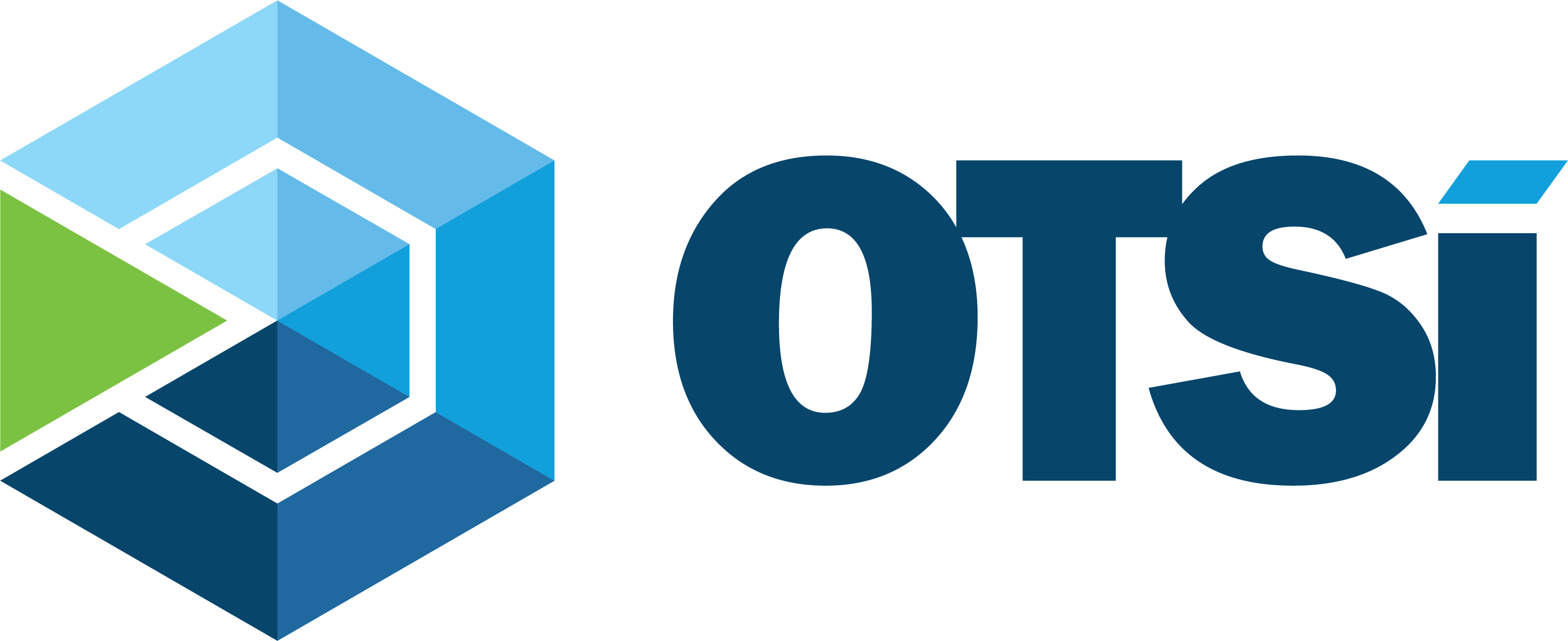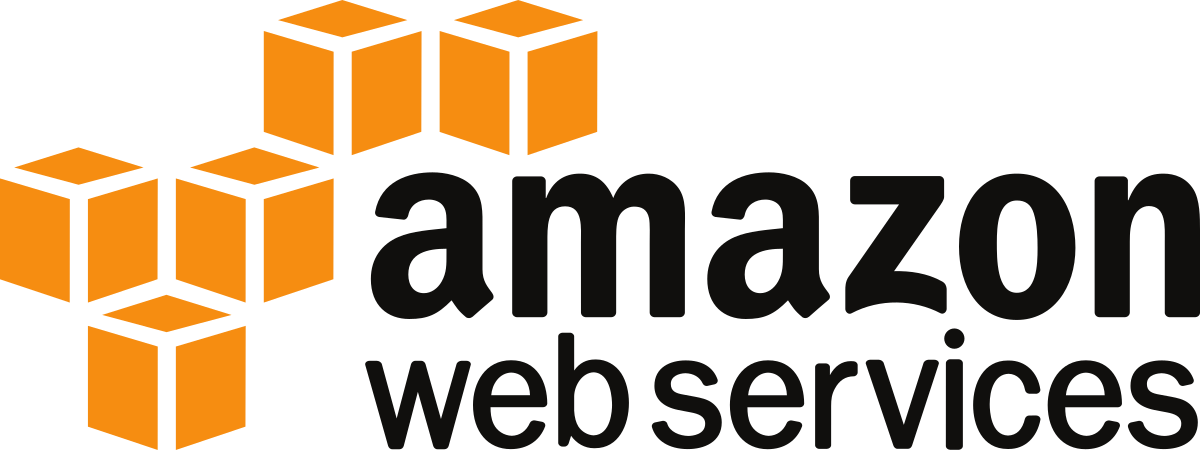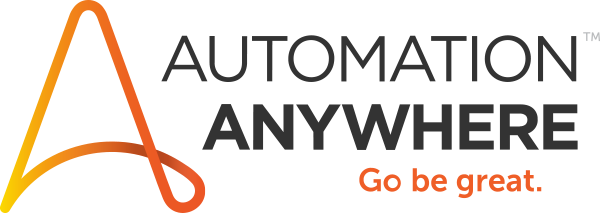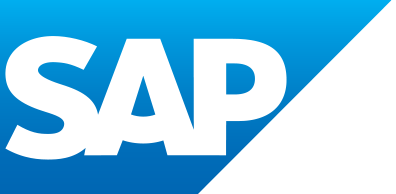- What We Do
Solution Suite
Innovation Lab
Digital Ecosystems
Smart Automation
Data Engineering & AI Insights
Play VideoAgriculture in the 21st Century
Play VideoNational Data Analytics Platform
- Who We Are
- Resources
- Careers
Insights
About Us
FOLLOW US
SOLUTIONS
Innovation Lab
Smart Automation
Data Engineering & AI Insights
QUICK LINKS
Copyright © 2024 Object Technology Solutions, Inc. All rights reserved.











